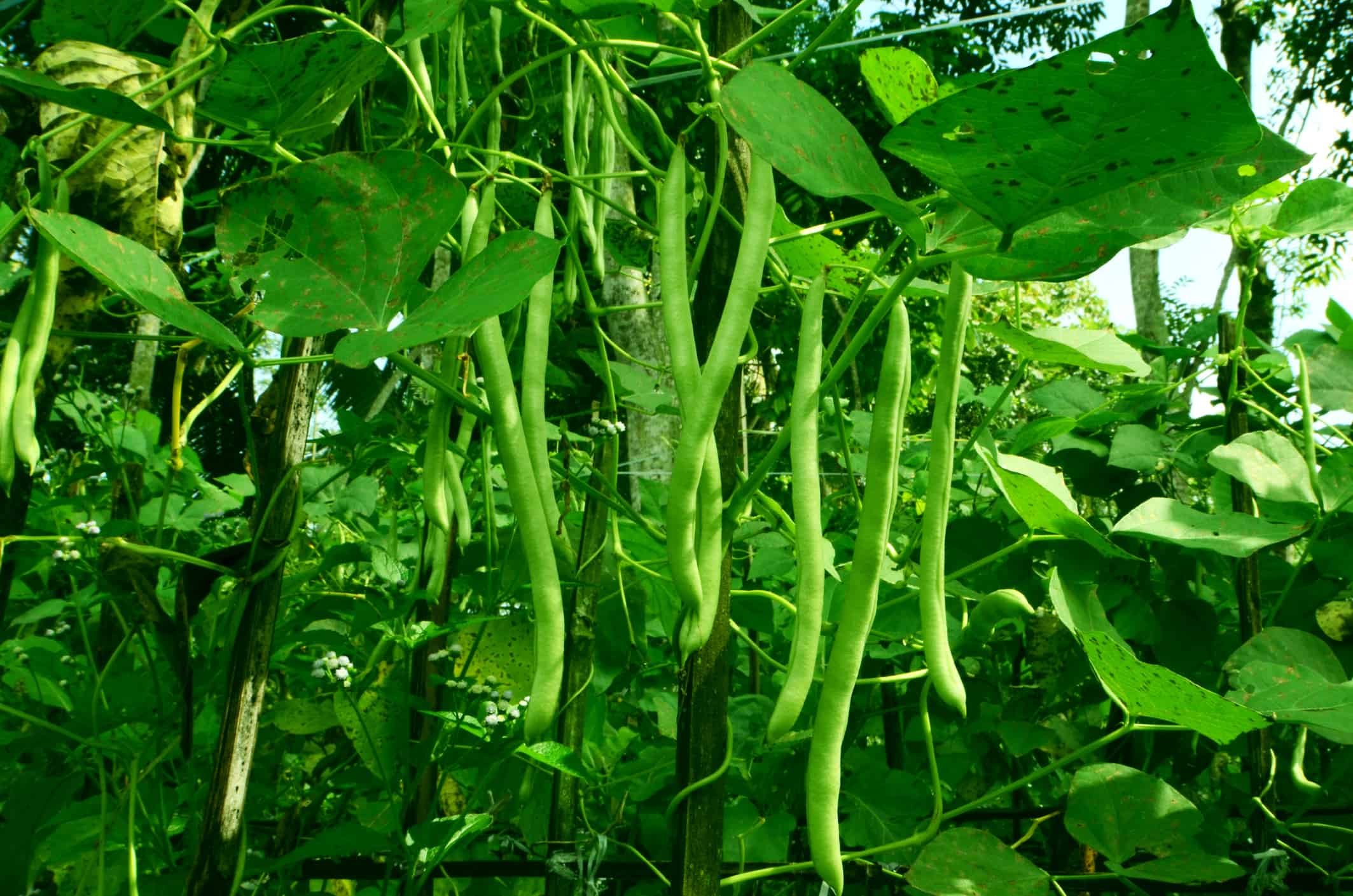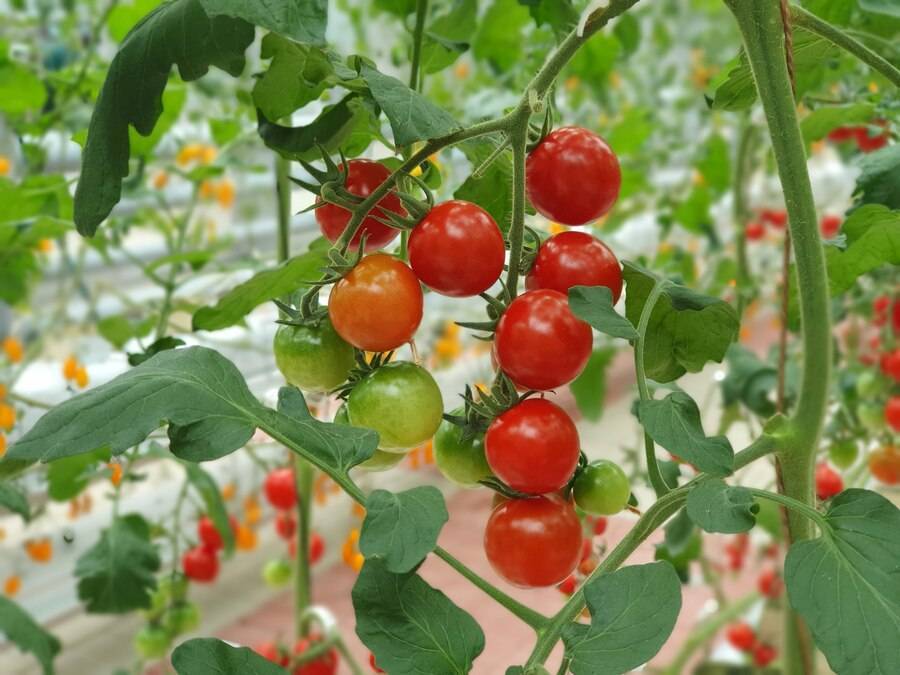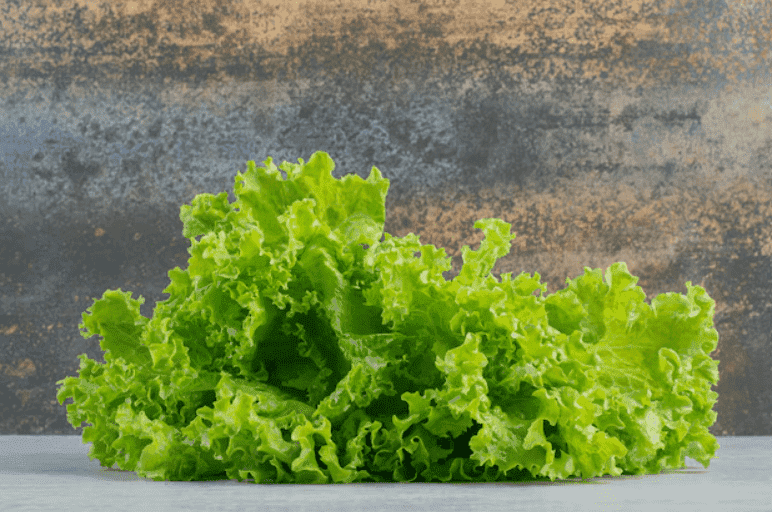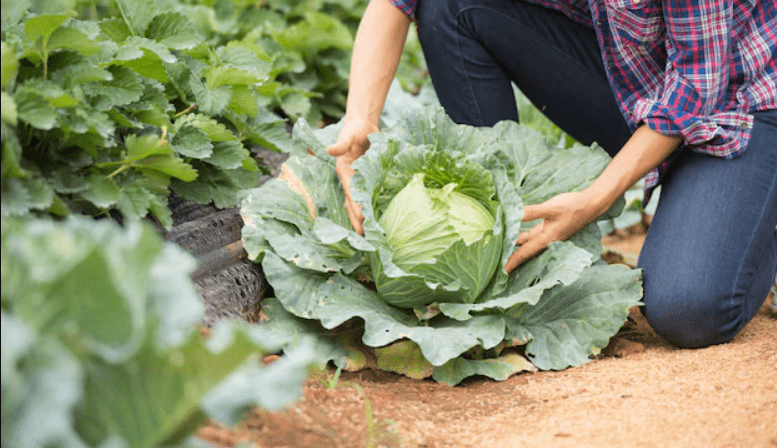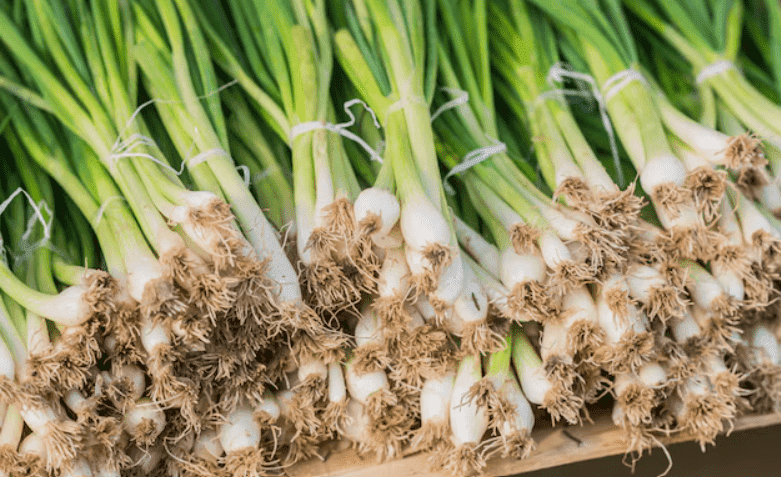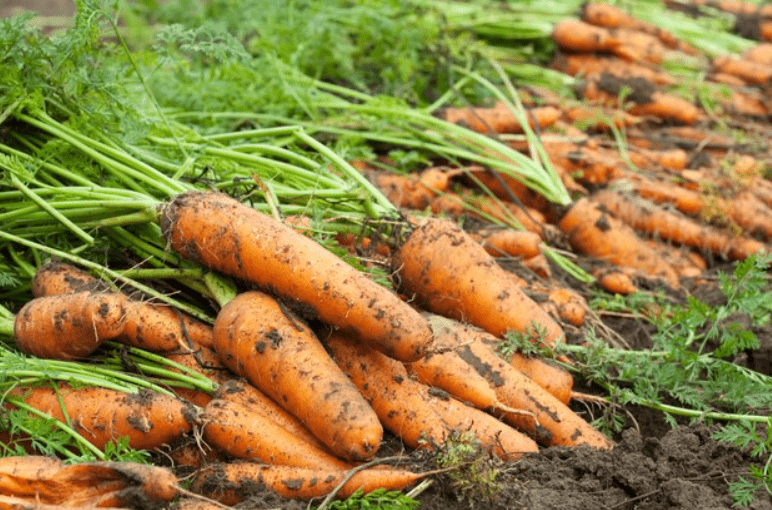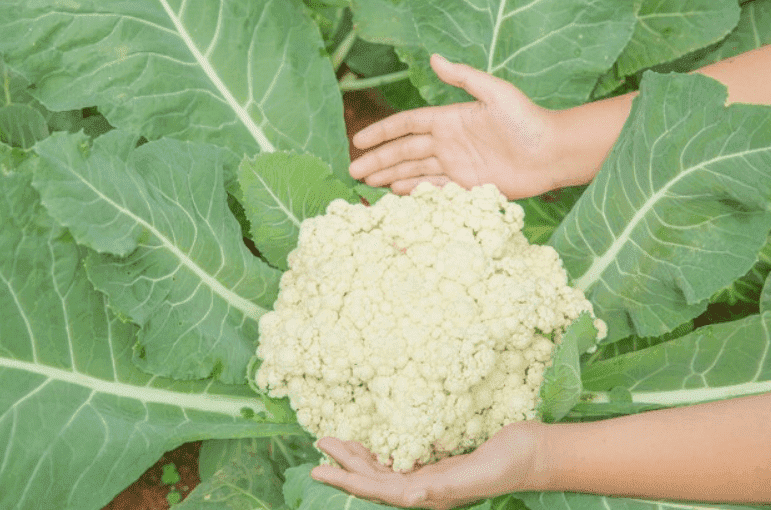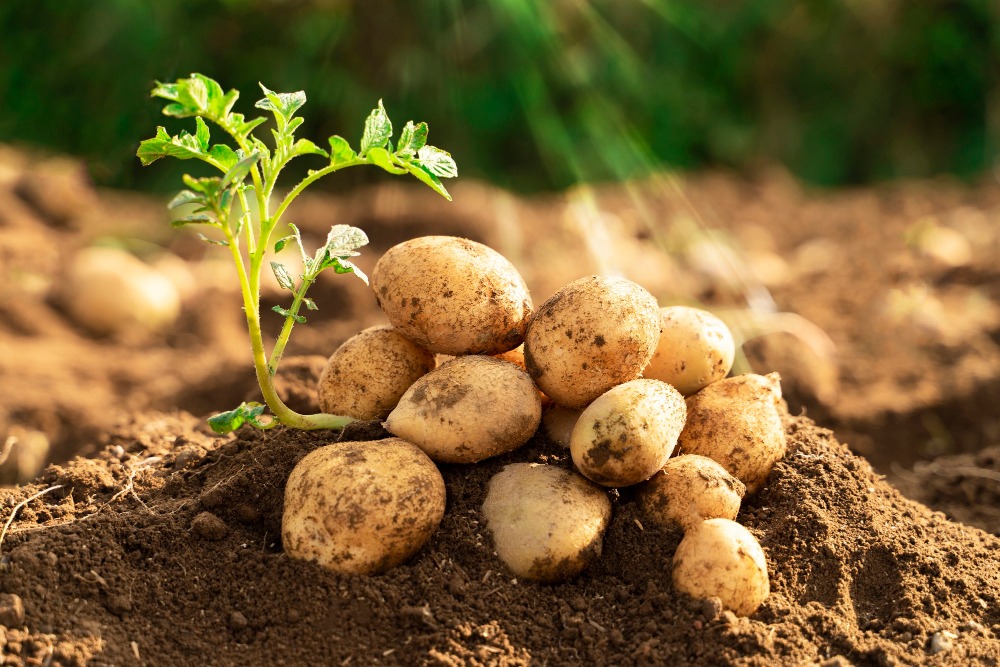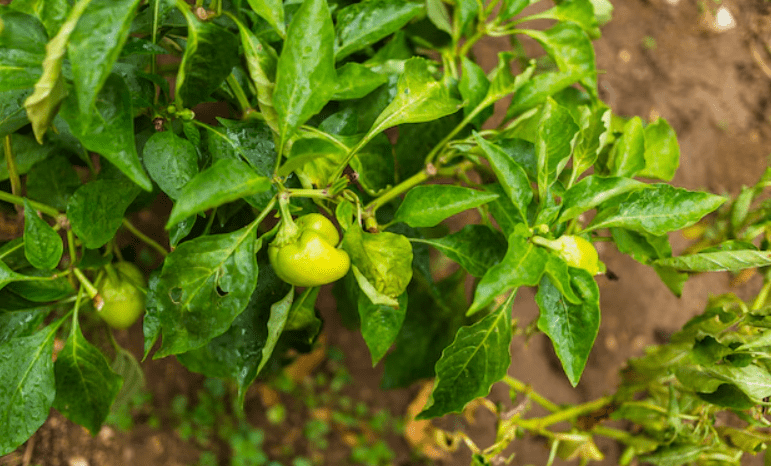There are two main types of French beans: dwarf and climbing. Dwarf varieties typically reach a height of up to 45cm (18 inches). They are ideal for compact spaces and thrive both in garden beds and containers. Climbing types grow much taller, around 2m (6 feet), and require sturdy supports to grow upwards. While they perform best in the ground, they can also be planted in deep containers. Because they grow vertically, climbing beans offer a high yield even in limited space.
Climbing beans are the most productive vegetable you can ever grow. Often called pole beans or runner beans, these vibrant plants truly capture the lush, productive spirit of summer.
Table of Contents
ToggleIdeal Soil Conditions for Growing Climbing Beans
Climbing beans thrive in sunny, well-lit areas. Aim for at least five hours of direct sunlight daily, though eight hours is even better. These vigorous growers prefer soil that’s rich, moist, and well-draining enough to satisfy their thirst without becoming waterlogged. To create ideal conditions, work in plenty of well-rotted compost or organic matter before planting. Spreading a 5cm (2-inch) layer of compost over the surface a few weeks ahead of sowing helps enrich the soil and allows it time to settle.
If you garden in a region with hot, dry summers, try preparing compost trenches during the winter. Dig a trench or hole in the area where you’ll plant your beans, fill it with kitchen scraps and compostable materials, and then cover it back with soil. By the time spring arrives, the decomposed material will have created a nutrient-rich, moisture-holding base that is perfect for supporting healthy root growth and helping your beans thrive through dry spells.
Sowing Climbing Beans
Climbing beans need warmth to sprout. If you plant them too early, the seeds may struggle to germinate or rot in the soil.
In warmer regions, you can sow seeds directly into the soil once temperatures reach at least 7 °C (45°F), although slightly warmer conditions are even better. Direct sowing where the beans will grow avoids transplant shock and simplifies the process. Simply place two seeds at the base of each support, cover with approximately 2cm (1 inch) of soil, and water thoroughly. Once the seedlings emerge, thin them out by keeping the strongest one at each spot.
In cooler or temperate areas, it’s safer to start seeds indoors or under cover to improve germination rates. Use deep seed trays or small pots filled with quality potting mix. Make a hole with your finger, drop in a seed, cover it up, and water well. In a week or two, sturdy seedlings will start to appear. These young plants can be transplanted outside once the frost is gone and the weather has warmed up for good.
Supporting Climbing Beans
To achieve the best results with climbing beans, you’ll need tall, sturdy supports that are at least 2 meters (6 feet) high. There are plenty of options to choose from, including A-frames, T-frames, and teepee-style structures, which are especially reliable in windier areas. Bamboo canes work perfectly for both A-frame and teepee setups, and they’re simple to build at home.
If you’re exploring how to grow climbing beans, keep in mind that support is essential from the start. Once planted, beans will naturally twine around nearby structures, but you can gently guide the shoots back if they stray too far off course. As the vines reach the top—whether it’s the tip of a frame or the peak of an arch, pinch out the growing tips. This keeps the plants tidy and encourages them to focus energy on flowering and forming pods rather than climbing higher.
Feeding and Watering
Climbing beans grow tall, produce loads of leaves, and set heavy crops—so it’s no surprise they need plenty of water to thrive. If your soil drains well, it’s almost impossible to overwater these quite thirsty plants. During the summer, make sure to give my beans a deep soak at least once a week, and when temperatures soar, water them twice a week or even more often.
To properly care for climbing beans, consistent watering is essential. If plants don’t get enough moisture, the leaves may wilt, turn brown, and become crispy. When the weather’s hot, dry, or windy, check the soil by inserting a finger into it. If it feels dry below the surface, it’s time to water fast!
Beans also have a clever trick up their sleeve. Their roots form nodules that store nitrogen with the help of friendly soil bacteria, providing them with the nutrients they need to grow rapidly. This natural partnership means that beans typically don’t require extra feeding. However, they do appreciate rich, organic soil. The compost you added before planting will help them stay strong while also aiding the soil in retaining moisture. If leaves begin to pale or yellow, apply a liquid feed, such as tomato fertilizer, to give your plants a quick nutrient boost.
Keeping Slugs and Aphids Away
When it comes to pest problems with beans, two main culprits often show up: slugs and black bean aphids. Slugs are especially fond of young, tender plants. That’s why it’s smart to start beans in pots. They’ll be stronger and more resistant by the time they’re transplanted into the ground. Keep a close watch during those early days, hand-pick any slugs you find, and consider setting out traps to reduce their numbers.
Black bean aphids, also known as black flies, usually gather at the tips of new shoots. Check your plants every few days, and if you see aphids, spray them off with a firm blast of water. Planting nectar-rich flowers nearby will also help attract beneficial insects, such as hoverflies and ladybirds, which naturally control aphid populations.
Don’t forget to remove any dead or infected leaves you spot. This improves airflow around the vines, helps prevent disease from spreading, and keeps your plants healthy and tidy.
Maximizing the Harvest
Harvest your beans regularly. Picking them while they’re still young, tender, and crisp signals the plant to keep producing more pods. That’s because the plant hasn’t yet completed its natural goal of setting mature seeds for the next generation. But if you let the beans grow too long, thick, or tough, the vines may start to slow down or even stop altogether.

